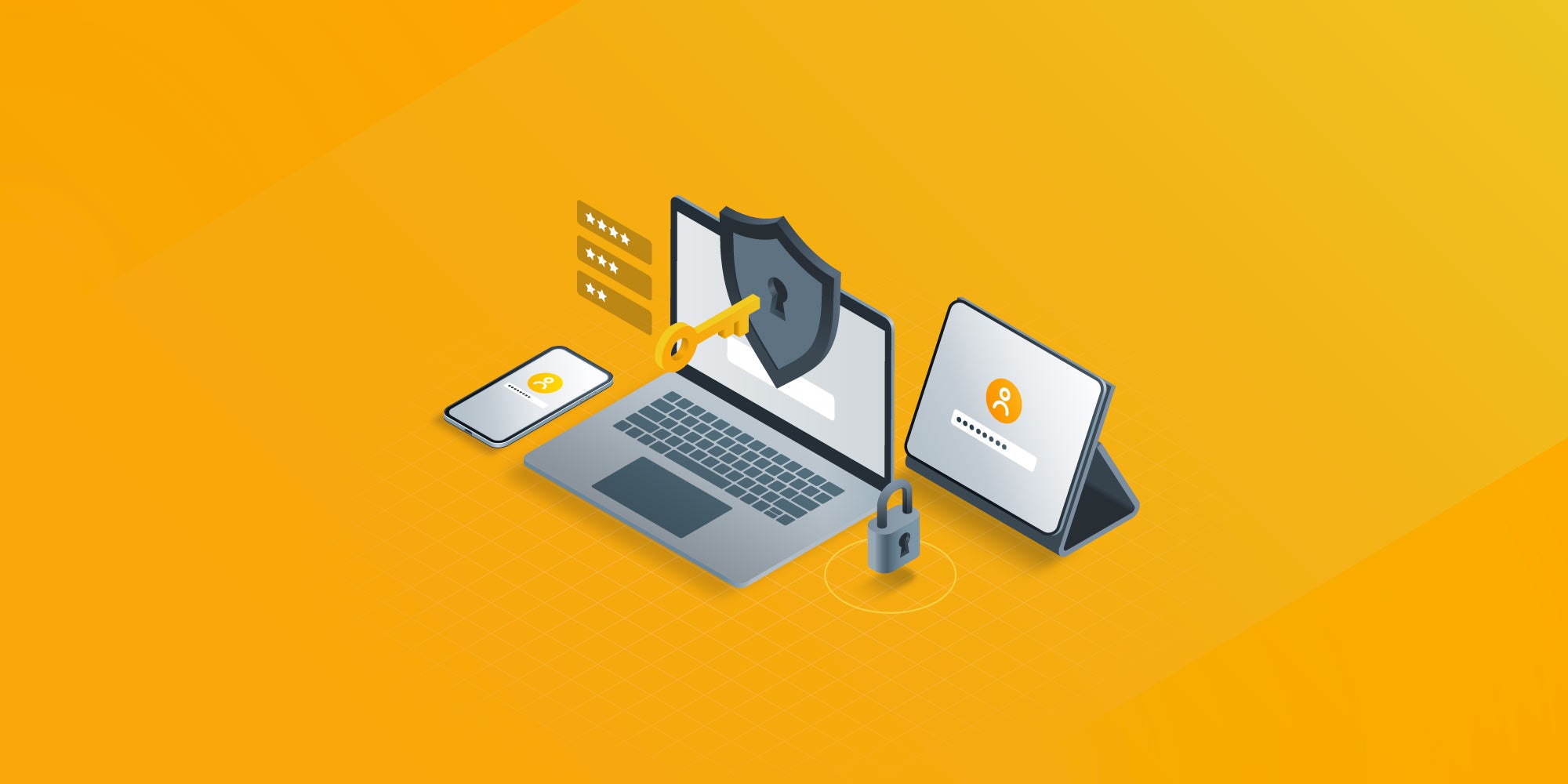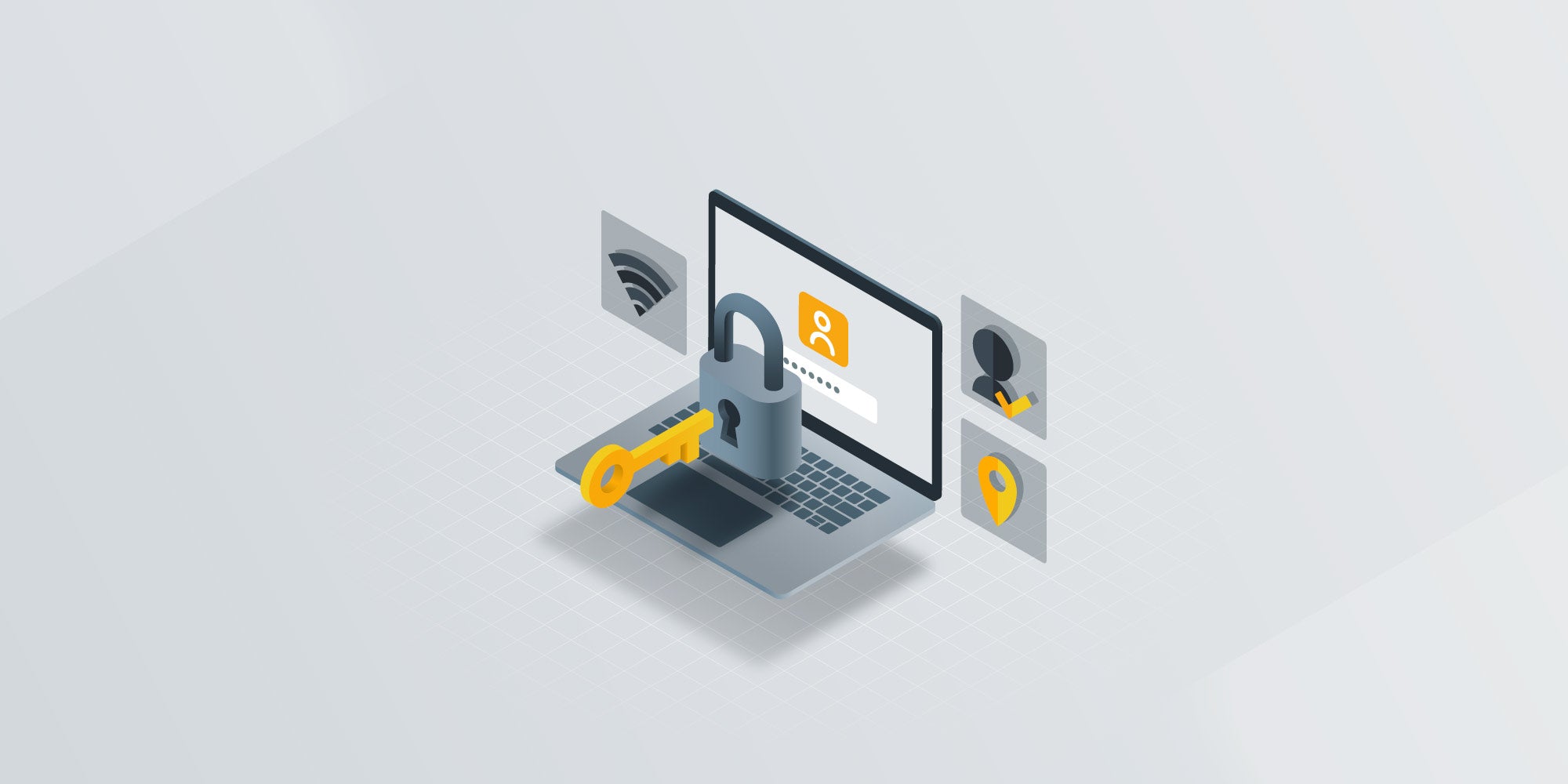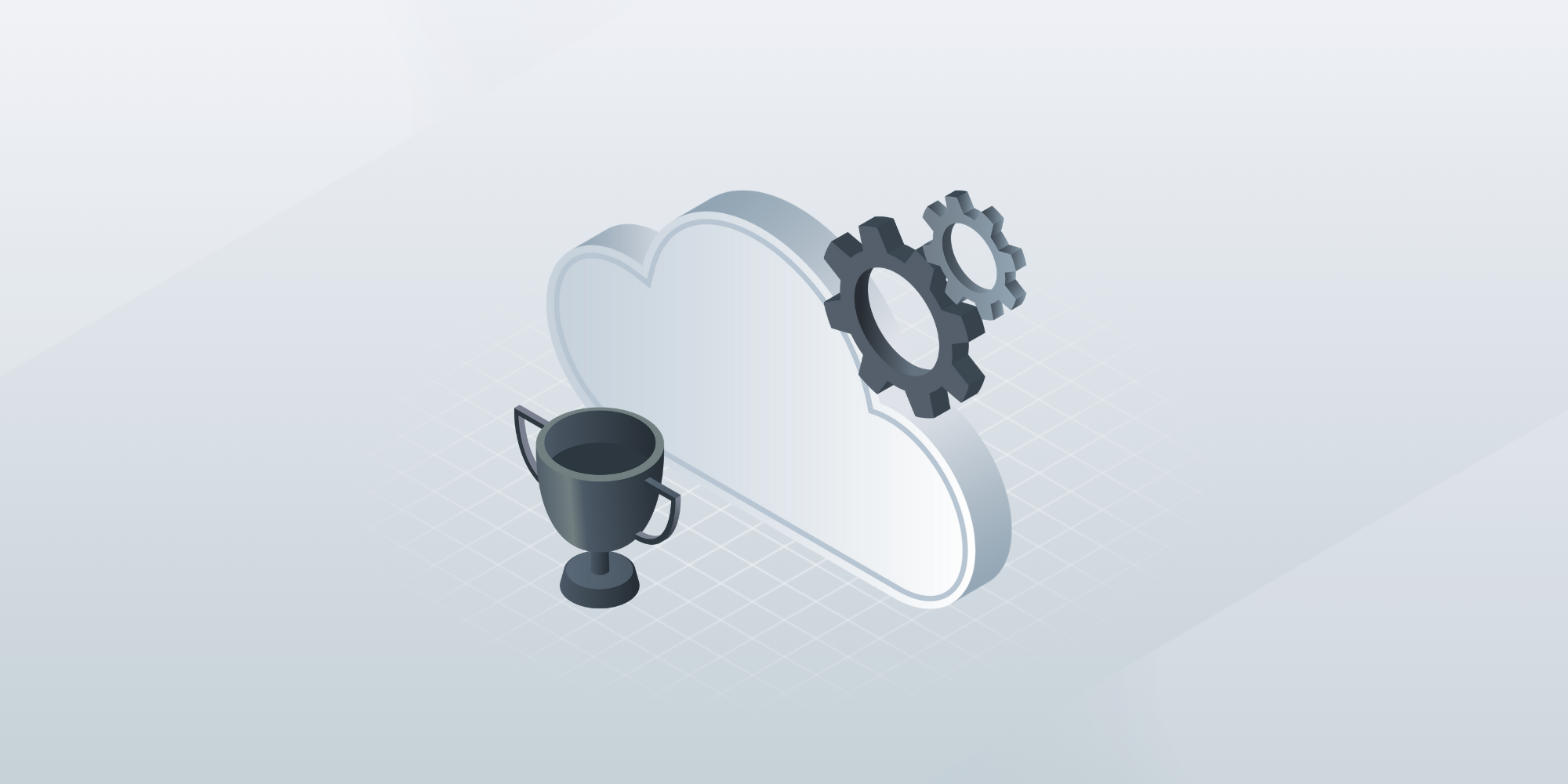Navigating MDM Risks and Challenges in Distributed Team
 Mara Quintanilla
Mara Quintanilla
One of the best parts of remote work is the flexibility to work from anywhere. But the downside is that accessing insecure networks can make us vulnerable to cyberattacks. In this landscape, companies with distributed teams must pay special attention to managing mobile devices and navigating the risks and challenges of mobile device management (MDM).
Mobile devices like smartphones, tablets, and laptops have become integral tools for remote workers’ everyday tasks. However, managing sensitive business data through those devices can pose serious security threats if hacked, stolen, or lost.
Companies may pay a hefty price in case of a data breach. According to a 2022 report by IBM, a data breach can cost an average of USD 4.35 million. In 2020, the data breach cost represented USD 3.86 million, an increase of 12.7% over two years. Nowadays, IT admins must ensure that devices are used properly and compliantly. They do this by using MDM solutions that provide secure environments for all users.
Risks and challenges of MDM in distributed teams
Companies must be mindful of data security and compliance regulations when deploying MDM solutions to remote employees; cost management is also an important consideration for successful implementation. If these factors are adequately addressed, organizations can ensure their distributed workforce remains secure and productive without incurring excessive expenses.
Security risks:
Mobile Device Management (MDM) is an excellent tool for distributed teams, but it also carries some risks that must be addressed to ensure the security of sensitive data and systems.
One of the most significant security risks associated with MDM is the potential for malicious actors to gain access to corporate networks or devices through weak authentication protocols or other vulnerabilities within the system.
Additionally, there is always a risk that an employee’s device could become compromised due to malware, phishing attacks, or other cyber threats, leading to unauthorized access and data theft if not correctly managed by IT staff.
Data loss prevention
Another risk MDM solutions poses is accidental data loss caused by user error or negligence when using mobile devices outside of secure networks. This can include employees accidentally deleting important files from their phones while on the go, losing their devices, or failing to back up critical information stored on their phones before wiping it clean during routine maintenance activities such as software updates.
To mitigate this risk, organizations should implement strict policies around backing up and archiving all relevant data stored on mobile devices and ensuring regular backups are taken at predetermined intervals so any lost information can be recovered quickly if needed.
Network connectivity
Network connectivity issues are a challenge posed by distributed teams utilizing MDM solutions. Maintaining reliable network connections across multiple locations is necessary for users to access applications and services without interruption.
Latency issues:
Latency issues caused by poor connection speeds between remote offices can have an impact on performance and user experience when accessing cloud-based applications hosted offsite from their physical location - something that must be taken into account when designing an effective MDM strategy for globally dispersed teams who rely heavily upon these technologies in their daily operations.
To effectively manage mobile devices and mitigate risks associated with distributed teams, companies must adopt best practices that address common challenges. These strategies will help ensure secure access to sensitive data while providing a seamless user experience for team members.
Develop a clear MDM policy
A well-defined MDM policy is crucial for outlining the responsibilities of both employees and the company when using corporate devices or personal devices for work purposes. This policy should cover device usage, security measures, privacy concerns, and consequences of non-compliance. Regularly reviewing and updating this policy will help maintain its relevance as technology evolves.
Choose the right MDM software
An appropriate MDM software is essential for efficiently managing your distributed team's devices. When choosing the right mobile device management software, consider features like remote wiping, app distribution control, location tracking, and compliance reporting. It's also essential to consider scalability, ease of use, integration capabilities with existing systems, and cost-effectiveness.
Provide education and training to employees
Educate your team members on preventing data breaches by following proper security protocols like password protection policies or multi-factor authentication methods. Ensure employees understand their role in maintaining regulatory compliance through regular training sessions on relevant laws and industry standards.
Train employees on properly using company-owned or personal devices for work purposes to minimize risks associated with unauthorized access or data leakage.
Regular security updates and patches
To ensure the security of confidential data, it is essential to maintain updated software through periodic installation of safety patches. Encourage team members to enable automatic updates on their devices and consider using an MDM tool to push updates when necessary remotely. This will help reduce costs associated with manual intervention while ensuring a secure environment for your distributed workforce.
Monitor device usage and productivity
An effective MDM solution should provide real-time monitoring capabilities that allow IT managers to track device usage patterns across the organization. By analyzing this data, companies can identify potential issues such as excessive app downloads or unusual activity levels that may indicate security risks or productivity concerns. Implementing proactive measures based on these insights will help maintain a secure infrastructure while optimizing employee performance.
Effective strategies for MDM in distributed teams
With the increase in remote work, it is crucial to have effective strategies for managing mobile devices and ensuring data security. Here are some key strategies that can help you navigate MDM risks and challenges in your company with a distributed team:
Implement a cloud MDM solution
One advantage of cloud-based MDM is its centralized management of all corporate devices, regardless of location or platform. This allows IT managers to easily monitor device usage, enforce policies, and manage updates across the entire organization from one place.
Enforce BYOD policies
Bring Your Own Device (BYOD) policies allow employees to use their devices for work purposes. These strategies help reduce the costs associated with purchasing company-owned devices. Nevertheless, this approach could also bring potential security concerns due to the possibility of confidential data being stored on unprotected personal gadgets.
To mitigate these risks, companies should implement strict BYOD guidelines that outline acceptable use cases and require employees to install approved mobile device management software. Here are a few critical considerations for creating an effective BYOD policy:
- Create clear guidelines outlining which types of apps can be installed on employee-owned devices.
- Mandate regular security updates for both hardware and software components.
- Require strong passwords or biometric authentication methods such as fingerprint scanning or facial recognition technology.
- Educate team members about the importance of securing their personal devices against unauthorized access by third parties.
Implement strong passwords and Multi-Factor Authentication
The best ways to protect sensitive data are to implement strong passwords and multi-factor authentication (MFA). MFA works by asking users to provide more than one form of identification, like a password and a fingerprint scan. Adding an extra step to user authentication makes systems more secure, reducing the chances of unapproved access.
Use VPNs for secure remote access
One of the easiest ways to secure remote access to company equipment is using a VPN. In simple terms, this technology obstructs malicious actors from spying on confidential information. Encourage your team members to use reliable VPN services when connecting remotely from unsecured networks.
Incorporating these strategies into your mobile device management plan will improve overall user experience and ensure that your distributed teams have secure access to company resources while minimizing potential risks associated with managing multiple devices across different locations.
Why your company needs a cloud-based MDM solution
Companies need a cloud-based MDM solution because it allows them to be nimble. You can efficiently manage devices in different locations while ensuring data security and compliance. Let’s look at the main reasons why organizations benefit from cloud-based MDM:
Easier deployment and scalability
A cloud-based MDM solution lets you quickly deploy the software across multiple devices without needing on-premise infrastructure. This reduces costs and enables easy scalability as your team grows or changes.
Enhanced security features
With a cloud-based mobile device management software in place, you'll benefit from advanced security features such as remote wipe capabilities, encryption options, and secure access controls that help protect sensitive data from unauthorized users.
Better user experience
Cloud-based MDM solutions offer an improved user experience by providing seamless updates and patches without disrupting productivity. Team members can continue working while their devices receive necessary updates in the background.
Reduced costs and resource requirements
By opting for a cloud-based service provider, your company can significantly reduce hardware, maintenance, and IT personnel costs. This allows you to allocate resources more effectively toward other business priorities.
Better compliance management
A cloud-based MDM solution helps ensure all devices comply with industry regulations and internal policies. Automated compliance checks make it easier to identify potential issues before they become critical problems.
Incorporating a cloud-based mobile device management tool into your organization's strategy is crucial for maintaining security, reducing costs, improving user experience, and ensuring compliance across distributed teams. Choosing the right app for your organization's needs can help you address common difficulties of managing corporate devices in a modern, dispersed workforce.
Conclusion
The risks and challenges associated with MDM are not insurmountable. With the right strategy, resources, and tools, organizations can ensure their assets are secure and compliant while enabling employees to work efficiently.
By understanding the risks of MDM in distributed teams, implementing best practices for navigating these risks, and utilizing effective strategies for managing mobile devices in a cloud-based environment, companies can ensure that their data is secure while allowing employees to work remotely.
Take control of your distributed team's assets and minimize risks associated with MDM by leveraging GroWrk’s IT asset management solution. We help you confidently manage remote teams' complexities and ensure data security for all users. Give us a call to get started.
FAQs
Why is MDM important for distributed teams?
Mobile Device Management can be a crucial actor in remote teams' security. As more and more people seek to pivot to remote arrangements, companies need to ensure that the devices they use are secure regardless of their physical location. Simply put, MDM allows companies to keep tabs on their IT resources and ensure data protection.
What are the biggest challenges of MDM in distributed teams?
The main challenge with Mobile Device Management (MDM) is the complexity of managing and maintaining a secure, reliable infrastructure for globally distributed teams. Administering numerous gadgets across distinct OSs, networks, carriers, and regions can be tedious and pricey. In addition, there are potential dangers associated with MDM, such as unauthorized data exposure or malware that could put confidential information at risk.
Furthermore, compliance requirements must be met to ensure regulatory standards are upheld while using mobile devices within an organization. Finally, user adoption of new policies may prove difficult due to a lack of training or unfamiliarity with the technology used.
How can companies ensure mobile device security in distributed teams?
With team members accessing sensitive data and corporate resources from various locations, it becomes increasingly important to implement effective measures that protect against potential threats and data breaches.
MDM facilitates IT administrators to guarantee that all the mobile gadgets utilized by remote workers are equipped with the most recent security patches and configurations for more effective defense against malicious attacks. It also enables HR managers to monitor employee activity on corporate networks from any location at any time.






